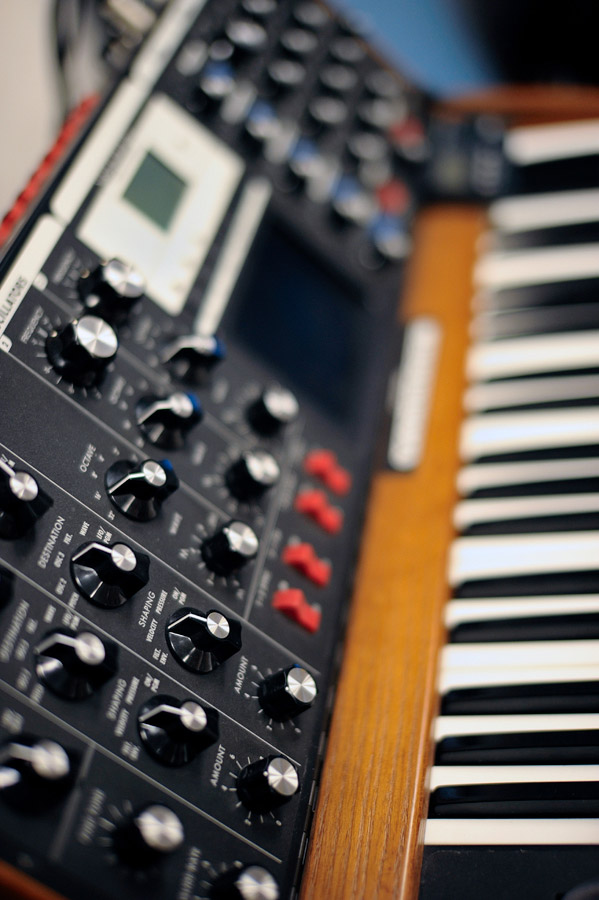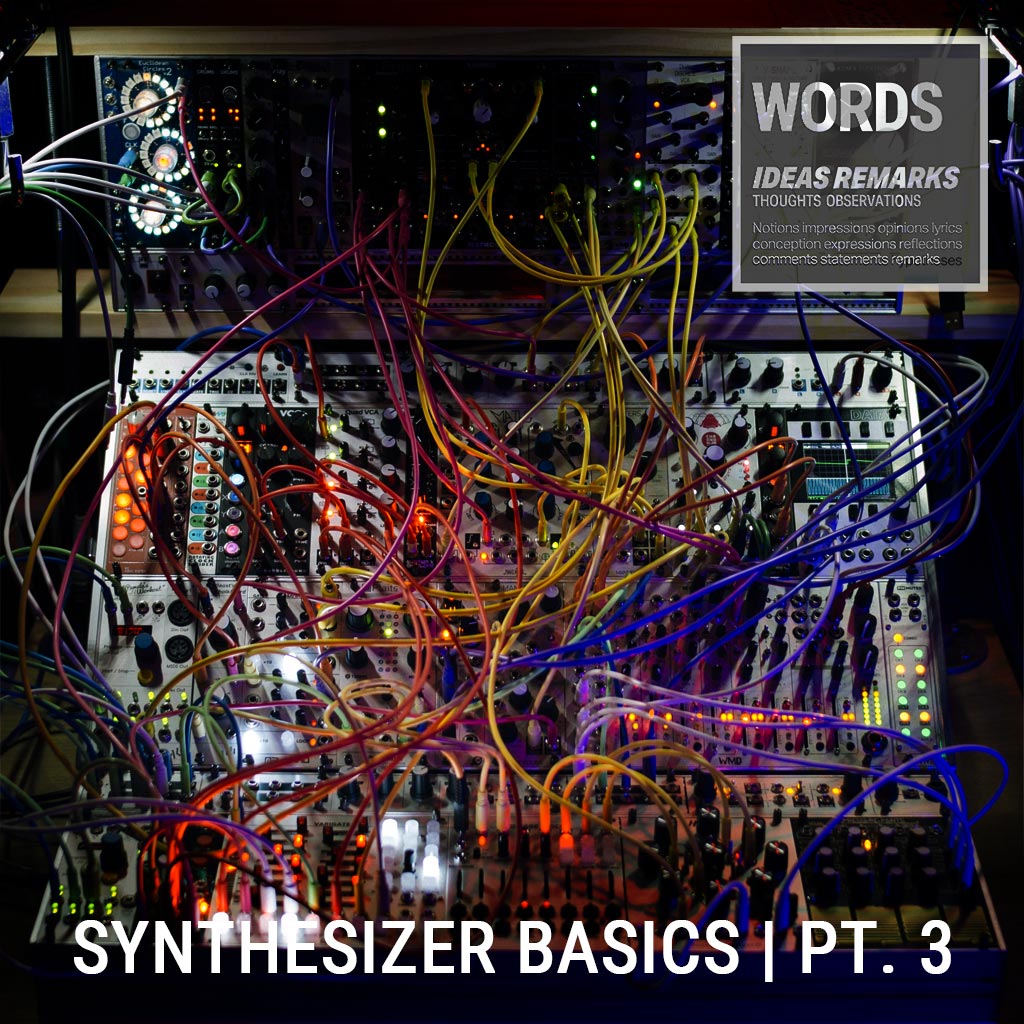Synthesizer Basics | Part 3: Monophony & Polyphony
In the previous chunk of words we looked at analog vs. digital synthesizers. Now we'll dive into a the terms that describe the number of simultaneous sounds a synthesizer can produce.
Not all synthesizers are alike!
The adjacent photo is a Moog Voyager: a monophonic synth. What does "monophonkjnngsfrdqmcvikl" synth mean?

Understanding the terms, monophony and polyphony:
Like numerous classical musical instruments, Moog synthesizers are monophonic. The distinction between "mono vs. poly" is an important concept to understand for anyone interested in synthesizers.
Monophonic: any monophonic instrument is, by design, capable of producing only one sound/voice/note at a time.
Examples of traditional (not electronic) monophonic instruments include: flutes, oboes, saxophones, and most wind and brass instruments.
Polyphonic: polyphonic instruments are capable of producing several notes simulatneously and are only limited by the number of fingers the player has, or has access to.
Examples of traditional (not electronic) polyphonic instruments include: pianos, guitars, harps, violins, and most stringed instruments.
Monophonic Vs Polyphonic Defined
Monophonic / Monophony
Polyphonic / Polyphony
Webster's Definition:
monophonic
adjective
Definition of monophonic
polyphonic
adjective
Definition of polyphonic
Why wouldn't you just get a polyphonic synthesizer?! More notes = More better, right?!
This is a common question; some variation of, "Why in the world would you choose a fancy electronic music thingy that only makes one sound at a time?"
Apples are great. Oranges are great.
One thing polyphonic synths are great at is playing big angelic chords and multiple notes - like playing a piano. This has its place in creating a lush bed/pad to use in a way that supports the melody or the music overall.
Monohponic synths can't exactly do that. What they can do that makes them so valuable is behave like a human voice. Think of singing the sound, "oooh" and then going a little higher in pitch to another oooh without interruption. Your voice doesn't just sound one oooh without a rise/ramp to the next unless you break up the ooohs by singing oooh, then oooh again. You "slide" to the next note so that it sounds like "ooohOOOH. The continuity is one thing that sets the two variants of synthesizers apart.
This is just one example -among many others- that make both monophonic and polyphonic synthesizers invaluable to making music with synths. Since the "Synthesizer Basics" series of words I'm writing deals with "basics," this should suffice to take us to the next segment, Synthesizer Basics | Part 4.
